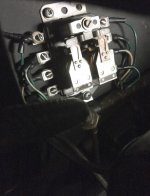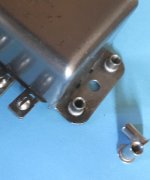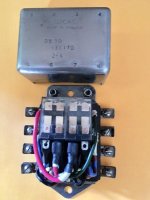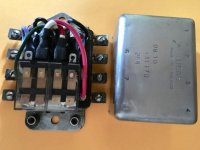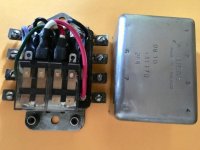RAC68
Darth Vader
Offline
Steve,
No. The bilge blower was installed next to the foot well to hide it. Until I install a closed sided duct between the radiator and grill with a smaller branch duct leading to the cold air intake, the bilge blower is worst than useless on a Summer day at a traffic light. Eventually I will create that closed radiator air duct and be able to go back to the original yellow mettle fan with the engine staying cool on the hottest Summer day.
Ray(64BJ8P1)
No. The bilge blower was installed next to the foot well to hide it. Until I install a closed sided duct between the radiator and grill with a smaller branch duct leading to the cold air intake, the bilge blower is worst than useless on a Summer day at a traffic light. Eventually I will create that closed radiator air duct and be able to go back to the original yellow mettle fan with the engine staying cool on the hottest Summer day.
Ray(64BJ8P1)
Last edited:

 Hi Guest!
Hi Guest!

 smilie in place of the real @
smilie in place of the real @
 Pretty Please - add it to our Events forum(s) and add to the calendar! >>
Pretty Please - add it to our Events forum(s) and add to the calendar! >> 
